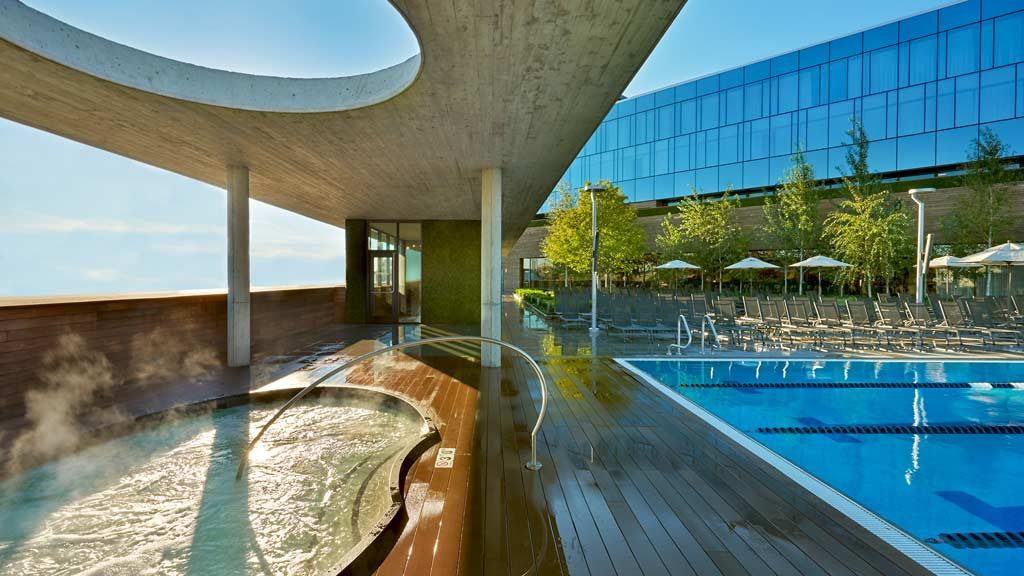When Dwayne MacEwen graduated from high school in the 1980s in New Dominion, P.E.I., he could already build a house. Not your usual teenaged kid, MacEwen constructed his first structure — a roadside fruit stand shelter — when he was about 12 and went on to help his father, John, build custom homes in and around the small community.
Today, a long way from P.E.I., MacEwen is an architect running Chicago-based DMAC Architecture. A boutique firm with about 20 architects, DMAC specializes in hospitality and commercial designs, including hotels, casinos, athletic clubs and restaurants.
Several MacEwen’s clients are internationally known and some are celebrities. For basketball star Michael Jordan, he has designed restaurants, and he has worked with tennis icon Venus Williams on a sports facility.
At Miami-OPA Locka Executive Airport, an exclusive private airport used by many celebrities, DMAC has been commissioned to do design work on a racetrack club.
MacEwen recalls taking photographs of the site for the design when a security guard that perhaps thought he was a paparazzi told him to stop shooting pictures.
“Apparently, it was because A-Rod (Alex Rodriguez) and JLo (Jennifer Lopez)” had just landed.
While his work now is a long way from P.E.I., he hasn’t forgotten his roots, nor has he lost the skills his father taught him.
MacEwen says while he understands why contractors can be at odds with architects over the constructability of their designs, he doesn’t fit the stereotype. He has taken power tools onto projects — even while wearing a suit — to cut open a wall or do other discovery work.
“I think you have to earn the respect of contractors in the field,” he says. “I have had contractors tell me something is level when I know it is not. They pull out a six-inch level and I ask them for an eight- or 12-foot level so I can show them that it is at least a half-inch out of level.”
MacEwen harkens back to lessons his father taught him about tweaking a house with one-to-one details as an experience that “translates to what I do now, which is scale drawings on a drawing board.”
A graduate with a master’s in architecture from the Technical University of Nova Scotia, now part of Dalhousie University in Halifax, the architect says he learned more about building one-to-one details there.
“It seemed silly at the time,” he says, but it gave him “a much better sense” on how big building materials are.
As a result of his practical experience, MacEwen encourages architects at his firm to visit construction sites and learn from people in the field.
“I think we (architects) need to have guardianship over the design but there is a danger for architects because they think they are the experts in the room.”
Proving he knows a thing or two about building has paid off. MacEwen has had client referrals from past contractors who value teaming up with an architect who understands construction.
MacEwen says he landed in Chicago — “a city I love” — after completing his thesis in the early 1990s, but not before looking at job opportunities in Boston, Montreal and Toronto. He worked for Chicago-based Jordan Mozer and Associates for almost three years before opening DMAC.
For the first decade, he designed a lot of hair salons and day spas. While DMAC has done several large and high-profile commissions since the early days, MacEwen says the firm itself remains small.
“I think the fact that we are a boutique firm…our turn time is incredibly efficient. We don’t have departments in-house.”
His goal over the next few years is to do more “capital-A architecture…projects from the ground-up that really matter. Regardless of the program, whether it is a hotel, a casino, it’s (about designing) good buildings. Even if you have done 100 similar buildings, there should be a push to design a better variation, so it never becomes a commodity.”







Recent Comments